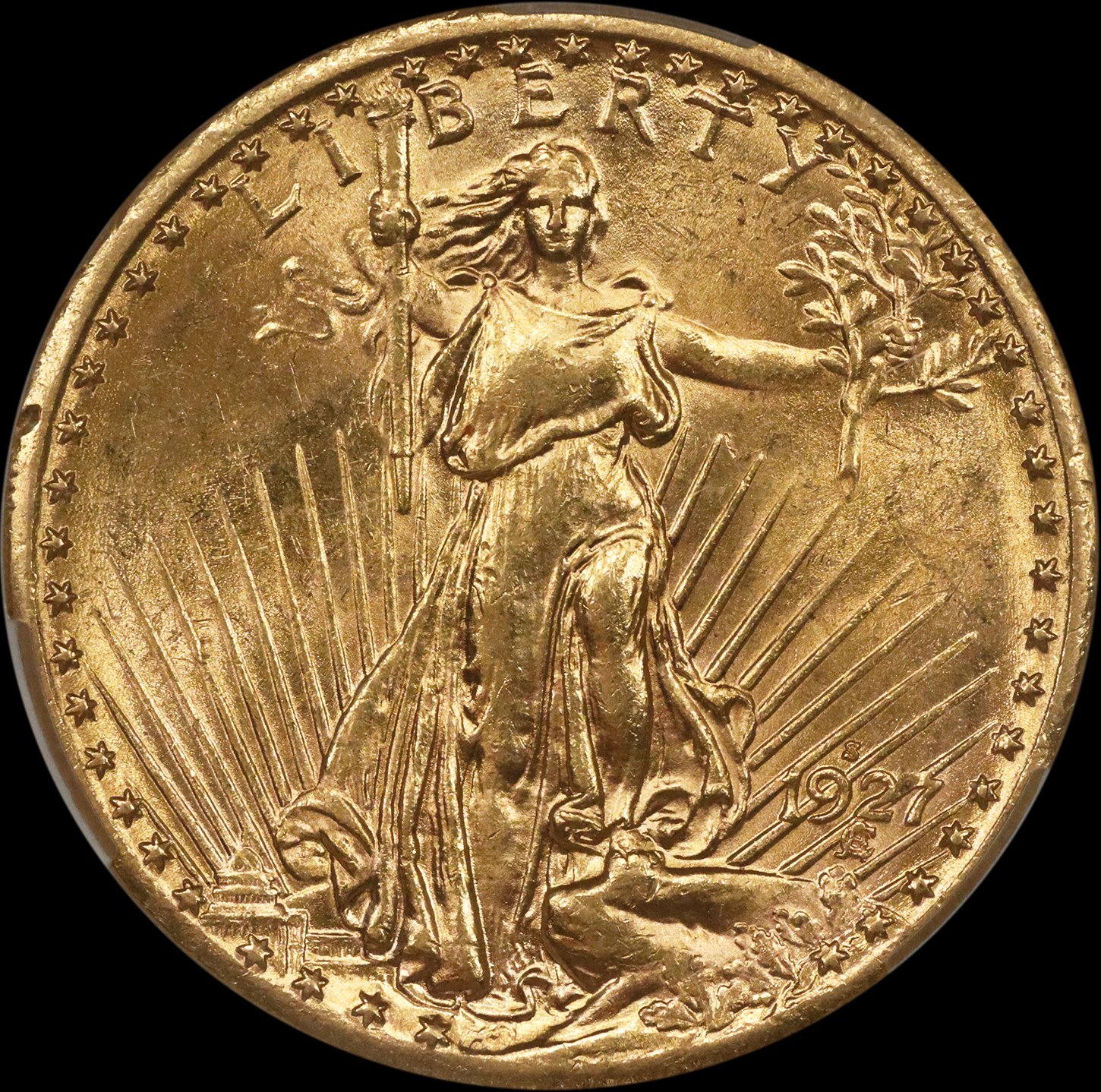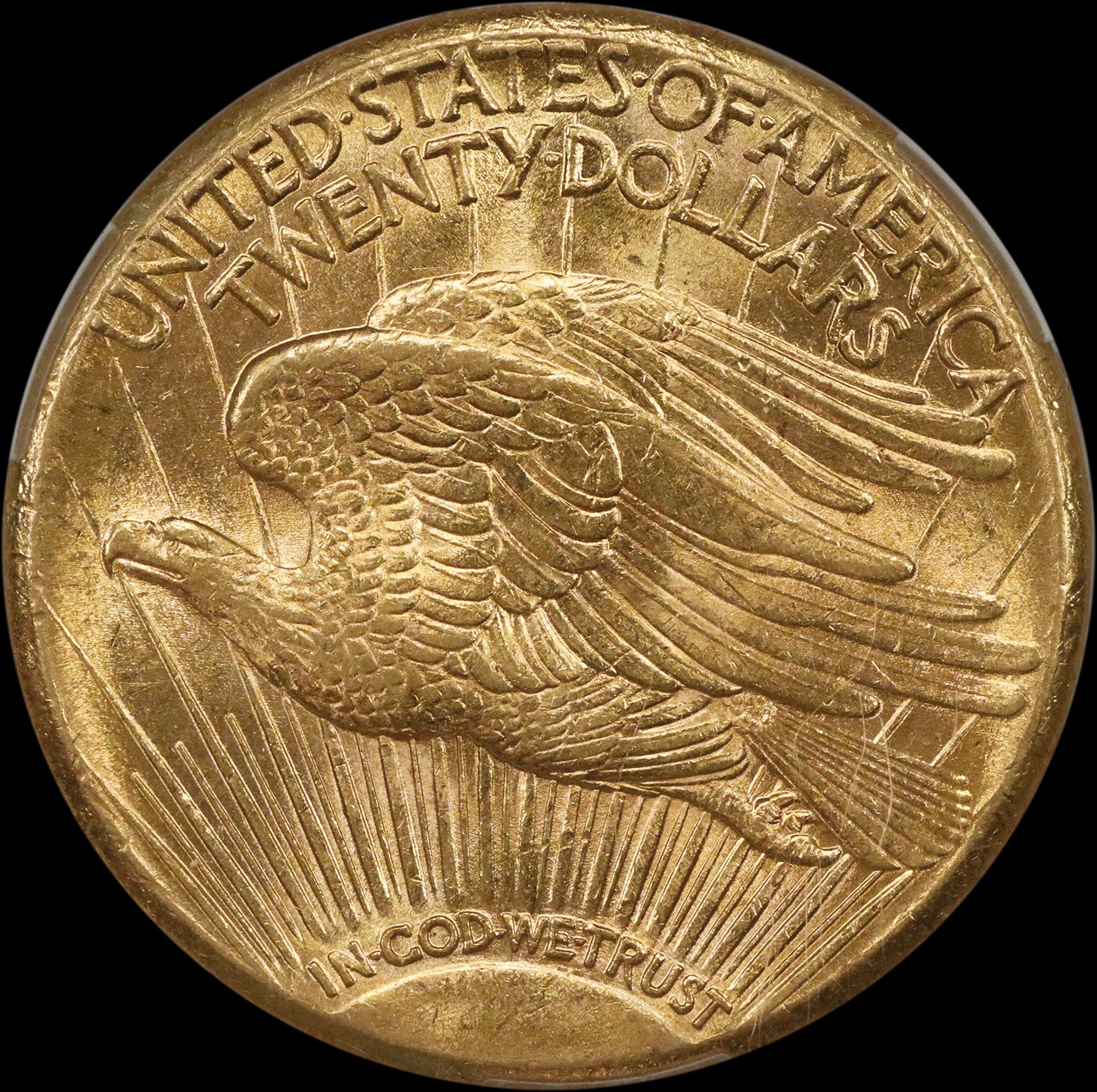Mastering 1927 Saint-Gaudens Grading: 7 Advanced Techniques Only Elite Numismatists Use
November 20, 2025How Coin Grading AI Predicts the Future of Digital Authentication (2025 and Beyond)
November 20, 2025I Spent 6 Months Grading My 1927 Saint-Gaudens—Here’s What Broke (And Taught) Me
Let’s talk about the $18,500 lesson currently sitting in my safe. When this 1927 Saint-Gaudens double eagle first landed in my hands, I’ll admit—I got stars in my eyes. The previous owner swore it was MS66 material. Fast forward through three grading services, dozens of forum debates, and enough loupe-induced headaches to last a lifetime, and I’ve emerged with truths about coin authentication they don’t put in guidebooks.
That First Rush: When Hope Clashes with Reality
The Rim Whisperer
Remember how they say “the devil’s in the details”? In coins, he lives on the rim. My initial examination under 10x magnification felt triumphant—until I spotted the faintest disturbance between 9 and 10 o’clock. “Probably nothing,” I told myself, dazzled by the fields’ satin glow.

Here’s what my rookie self missed: grading services treat rim issues like red flags at a bullfight. As a CACG grader later schooled me, “That tiny ding cost you two full grade points before we even checked the devices.”
My $17,300 Wake-Up Call
When my “MS66 contender” came back labeled AU Details, I nearly dropped my loupe. How could a coin that looked this fresh show actual circulation wear? This kicked off my crash course in grading service inconsistencies.
The Detective Work: Why Grades Lie (And How to Catch Them)
Comparison Is King
Armed with a jeweler’s light and wounded pride, I spent nights comparing my Saint to:
- True MS64 Saints with immaculate fields
- AU58 coins wearing their history plainly
- Certified MS66 examples showing what perfection costs

The Strike That Struck Out
Forum veterans spotted what I’d overlooked—Liberty’s brow and nose bridge showed softer strikes than top-tier 1927 issues. Translation: even flawless surfaces couldn’t overcome this minting quirk. My takeaway? Always check strike quality before buying Saints.
The Intervention: When Pride Meets Professional Eyes
$500 Well Spent
The PCGS consultant’s verdict still echoes: “Original surfaces, sure—but see these high points? Friction doesn’t lie.” His 90-second analysis explained what took me six months to grasp.
“This is why we call them ‘details coins’—beautiful but bruised. That rim hit’s the smoking gun.”
Mint Mark Reality Check
My “rare” mint mark positioning? Common for this die variety. Another assumption shattered—another lesson about trusting anomalies over data.
My Coin Grading Toolkit: Hard-Won Wisdom
The New Four Commandments
After burning $17k in paper value, here’s my grading bible:
- Light Like a Pro: Twin LED lamps at 45° angles
- Surface Hierarchy: Rim > fields > devices—always
- Reference Library: Digital folder of “problem coins”
- Ego Check: Consult before submitting
Grading Service Roulette
| Service | Original Grade | My Grade | Value |
|---|---|---|---|
| Previous TPG | MS66 | – | $18,500 |
| CACG | – | AU Details | $1,200 |
| Independent | – | AU58+ | $1,750 |
Seeing $18,500 become $1,200 still stings—but taught me more than any certification ever could.
Your Turn: Don’t Repeat My Mistakes
The 5-Second Save
My new pre-purchase ritual (tested on 14 coins since):
- Second 1: Rim under 5x—no exceptions
- Second 2: Fields for hairline scratches
- Second 3: High-point friction check
- Second 4: Luster under moving light
- Second 5: Gut-check eye appeal
Phone Photography Hack
// My $0 Macro Setup
1. Two desk lamps (45° angles)
2. Black velvet background
3. Phone camera +2 zoom
4. Shoot through loupe
5. 12 shots (30° rotations)
This technique captured the rim defect my naked eye missed—critical evidence for my final appraisal.
Where My Saint Lives Now—And Why I Keep It
That AU58+ designation still feels like a consolation prize… until I remember what it taught me:
- Built relationships with grading insiders
- Developed a foolproof pre-submission checklist
- Learned to spot “details coins” at five paces
The Takeaway: When Losses Become Lessons
This 1927 Saint-Gaudens didn’t make me rich—but it made me smart. The core truths I carry:
- Holder labels lie more often than you’d think
- Rim condition is the hill grades die on
- Luster seduces—wear patterns tell truth
- When graders disagree, get a tiebreaker
- Every “problem” coin teaches something new
That $17,000 difference? I’ve since saved triple that by avoiding bad buys. My Saint stays in my display case—not for its value, but as a reminder that in numismatics, the real treasures are the lessons you earn.
Related Resources
You might also find these related articles helpful:
- 7 Critical Shopify & Magento Speed Optimization Tactics That Boost E-commerce Revenue by 35% – Why Your Store’s Speed Is Stealing Sales (And How to Stop It) Let me ask you something: when was the last time you…
- How InsureTech is Revolutionizing Insurance Valuation with APIs and AI-Driven Risk Models – Insurance is Changing Fast – Here’s How Let’s be honest – insurance workflows haven’t exac…
- Building Smarter Valuations: How PropTech is Revolutionizing Real Estate Asset Pricing – Your Home’s Worth Just Got Smarter: How Tech Transforms Property Values Real estate isn’t just about locatio…